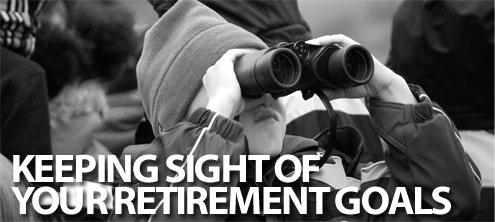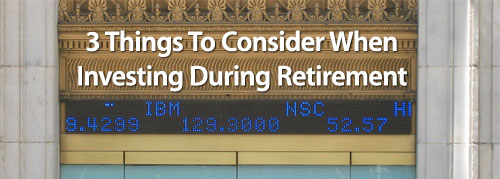One of the tools I played around with recently was the Face Retirement tool from Merrill Edge. The application lets you take a picture of yourself, and then it ages you. You see your potential look at age 47, and every decade after that until you are 107. The idea is that seeing the face of the future, you will be encouraged to save more (and use Merrill Edge to help you).
It was an interesting tool, and I had fun watching the horror that was my potential aging process. (Hint: Don't take the picture when you're sick, and you haven't changed out of your pajamas. It'll just depress you.) However, I'm not sure that just looking at the faces would encourage me to invest more in my retirement years.
Cost of Living Inflation Calculations
 One of the more useful aspects of the tool is a look at inflation. Off to the side, you can see how much the cost of living is likely to rise by the time you reach a certain age (and begin to look like death warmed over). According to Face Retirement, by the time I hit the age 67 in 2047, the cost of living will rise by 222%. The tool also includes a look at what common consumer items will cost in different years. A loaf of bread is supposed to cost more than $7 in 2047, if the current trends hold.
One of the more useful aspects of the tool is a look at inflation. Off to the side, you can see how much the cost of living is likely to rise by the time you reach a certain age (and begin to look like death warmed over). According to Face Retirement, by the time I hit the age 67 in 2047, the cost of living will rise by 222%. The tool also includes a look at what common consumer items will cost in different years. A loaf of bread is supposed to cost more than $7 in 2047, if the current trends hold.
Some of the other items listed, though, seem designed to scare the crap out of you:
- Gallon of gas in 2087: $47.14
- Wedding in 2067: $169,953
- Plan ticket in 2057: $1,935
- New car in 2037: $69,000
If nothing else, the tool can be used to give you the worst-case scenario involving the vagaries of inflation over the course of time. And, of course, you will realize that if you aren't careful, there's no way that you'll have enough to retire on and live comfortably. Unless you take your retirement planning up a notch right now.
Planning Ahead for Retirement
I think that the tool might have been even more effective if it was a little more interactive. Answer questions about what you are doing right now, and how it will affect your future. And then make changes to your face based on your possible habits in the future. The reality is that someone who lives comfortably, and has enough saved for retirement, is going to look better than someone who lives in poverty. Health habits, as well as the environment you live in, contribute to your future looks. If you could see how you could expect to look in 40 years with what you're setting aside now, as opposed to what you could look like if you put another $200 a month into your retirement account, that would be far more effective, I think.
What I learned from using Merrill's tool is that I probably need to do a little bit more. I should diversify my income a little more, and I could probably stand to add a little more to the retirement account each month. At the very least, the Face Retirement tool gets you thinking about the future, and reminds you that now is the time to start planning for what's next. If you don't boost your retirement now, you want have to avert your fate later.


